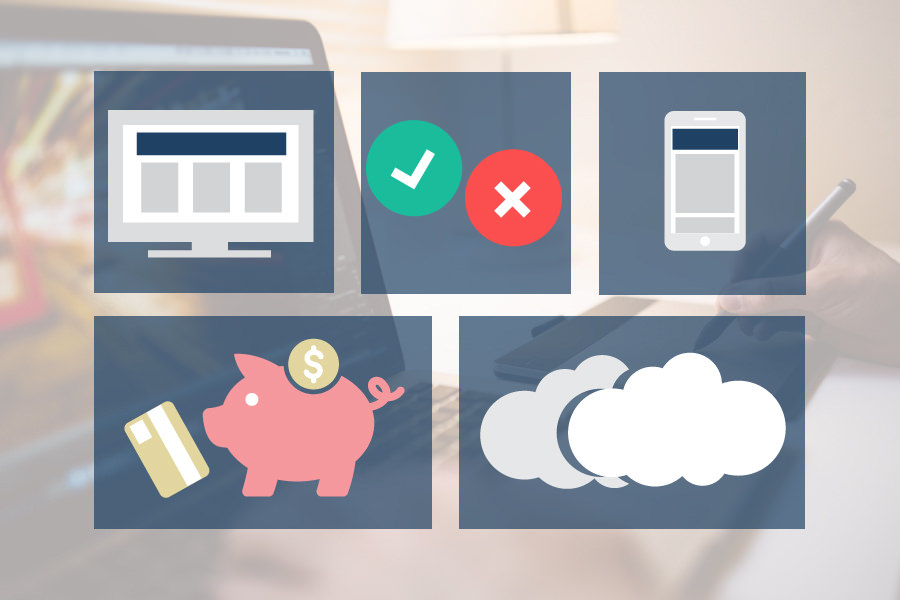How to Manage On-Site Customer Support Teams
When You Have to Be There
Not every IT problem can be solved on the phone. Sometimes even desktop sharing isn’t enough. Sometimes the technician has to be on-site with the customer. When that happens, how do you manage your technician’s time, making sure the administrative end of the work is handled accurately and quickly? Find out here how to better support internal customers.
Administrative Requirements
The technician must to be able to charge the time spent against billable tasks, with the ability to provide comments on exactly what was accomplished. Yes, they could simply use a piece of paper to note the work done, try to recall the task number he charged against, and try to remember to write down the amount of time spent. Of course this assumes the technician uses a notebook, or at least doesn’t lose the piece of paper he wrote the information on. It also assumes the technician doesn’t forget to enter the charges once he or she returns to the helpdesk location.
Tracking Progress
If the technician wasn’t able to effect repairs on the problem and he has to return with parts, cables or other hardware, the technician should be able to keep track of what she has done, where it was done (if servicing multiple customers), what needs to be done, and possibly even when the repairs are to be completed. This requirement outstrips the ability of paper notes very quickly. Misplacing the paper even once could lead to disaster and a black eye for the helpdesk.
Ease of Use
Whatever method the technician uses, the system has to be easy to use. At the same time, it has to collect all of the information she needs to meet administrative and operational requirements. If it’s too complicated or cumbersome, the technician, in all probability, will not use the system and instead will depend on manual notes. The app must tie back to the larger helpdesk system, allowing the user to keep updated records of what has been done, what needs to be done, and even information that will let her respond as tickets are created, while she is still on-site, saving time and travel expenses and really impressing the client with her response time. This is how you support internal customers.
Tablet and Smart Phones Apps
Mobile apps, on a tablet or a smart phone, are the way to make the technician much more efficient. If properly designed, the mobile app will:
Tie into the larger system, providing the technician with ticket information such as status, analysis, and progress
Allow the technician to communicate with the customer
Enable the technician to enter his billable hours against valid tasks, saving the need to make corrections and saving the need and expense of making corrections to critical billing information
Enable communications with the rest of the helpdesk team, providing a collaborative environment for problem solving
OneDesk Can Help support internal customers
OneDesk delivers a mobile application that provides all of these features. It allows the technicians to access a wide range of information including fixes that are being planned for the software. It provides a communications link between the technician and the development team. And it provides seamless communications between the user’s e-mail and the app. OneDesk enables the technician to respond to an issue armed with relevant and current information, enabling an accurate analysis of the problem and its solution.
Photo Credit: “Tech Security” / Blue Coat Photos / CC BY
